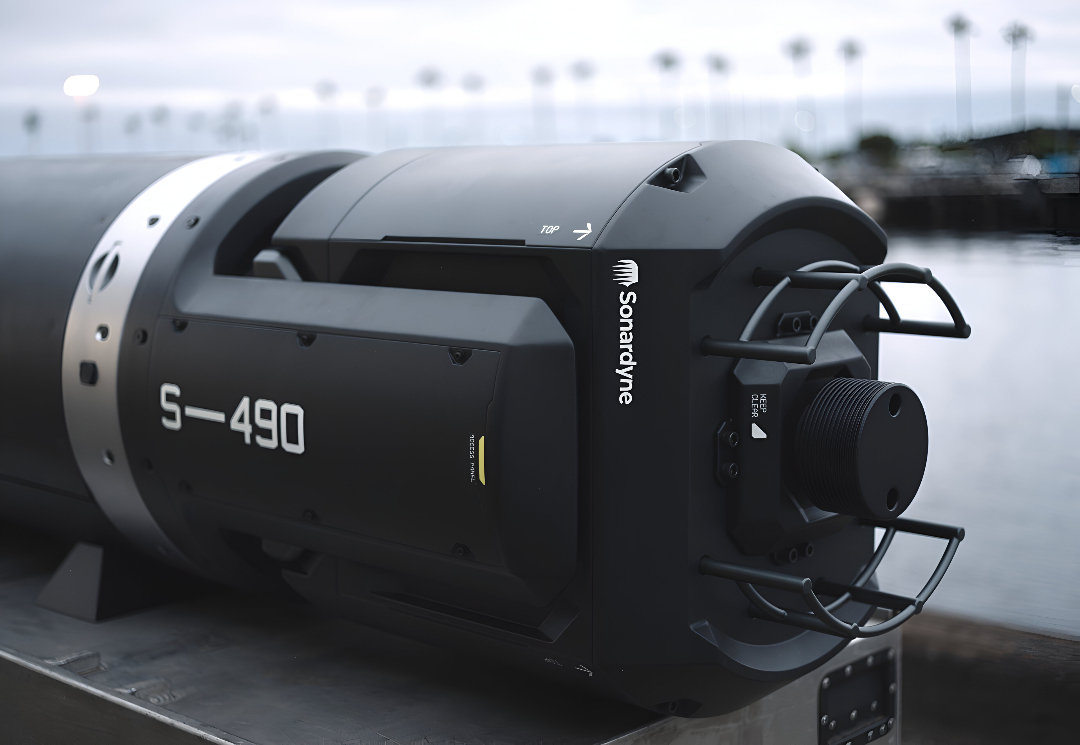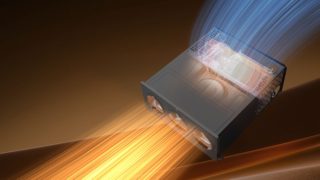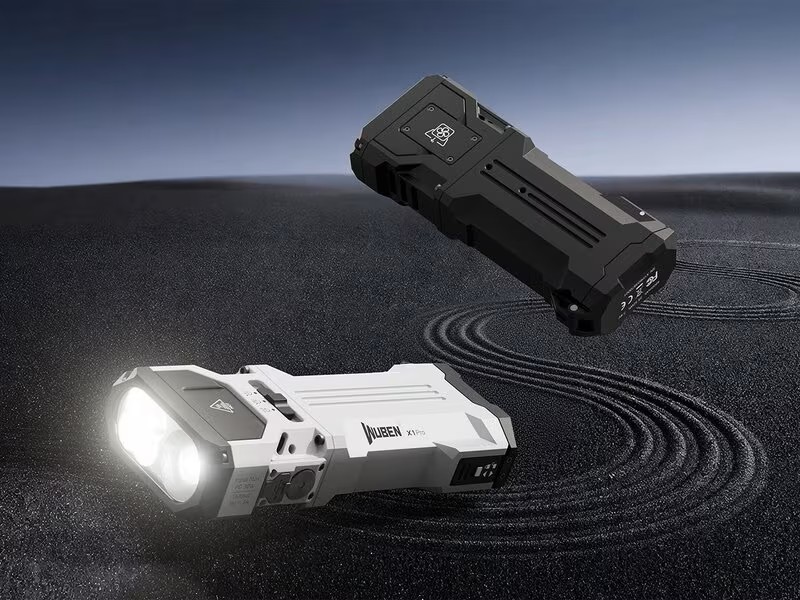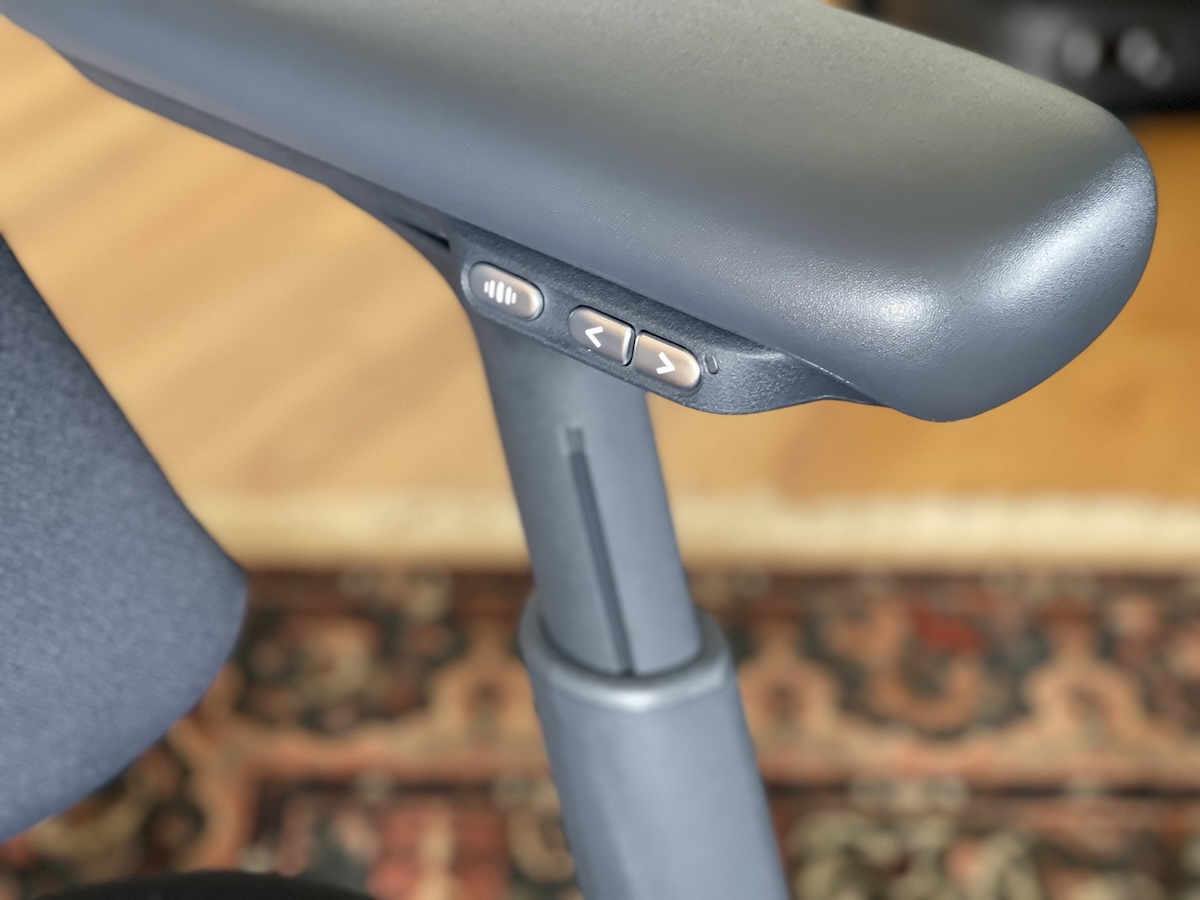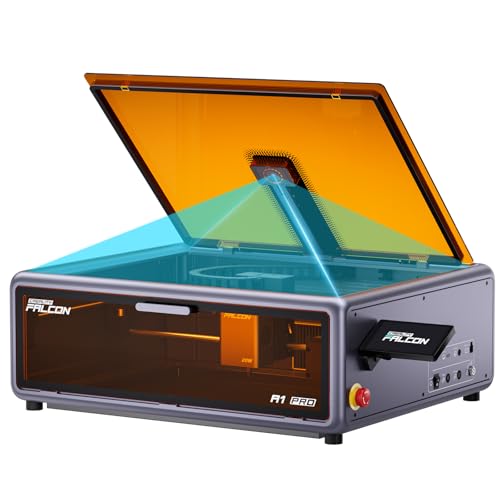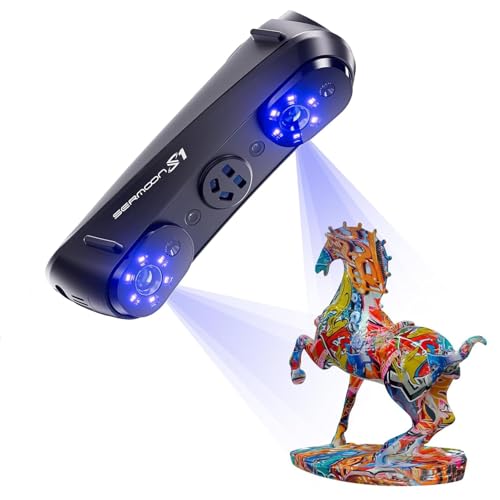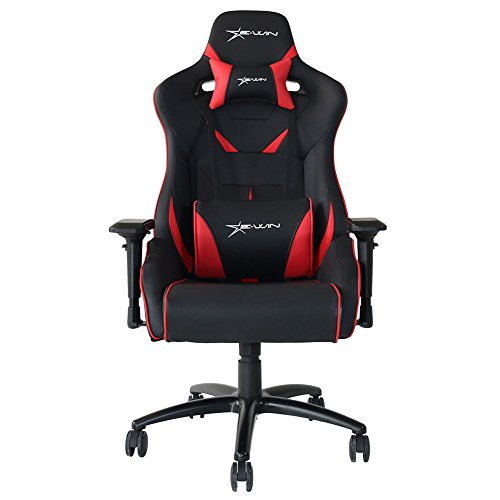Anduril’s revolutionary Seabed Sentry, an advanced undersea sensor network that uses artificial intelligence to autonomously track ocean traffic. This cutting-edge system represents a major leap forward in submarine detection technology, potentially ending the era of submarines’ unchallenged stealth capabilities in the world’s oceans.
The Submarine’s Vanishing Advantage
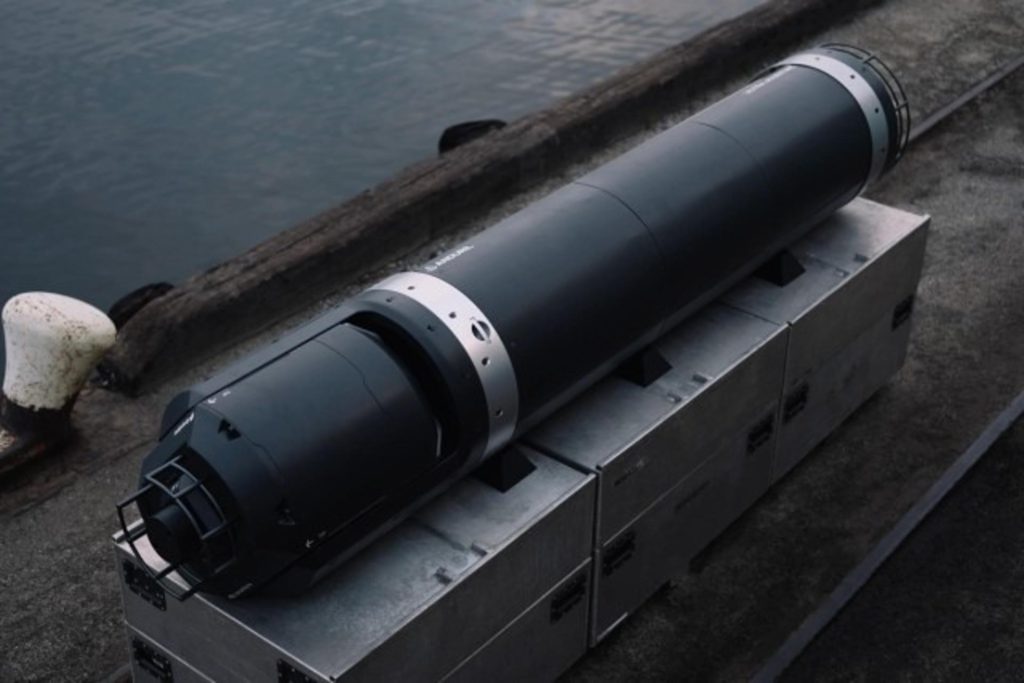
For decades, submarines have reigned supreme as the ocean’s stealthiest predators. These silent hunters can disappear beneath the waves, their positions unknown for months. Modern submarines pack more firepower than all the munitions used in World War II. Their stealth makes them uniquely valuable during both war and peace operations. Nations can deploy them invisibly to crisis zones as observers or deterrents. The mere suggestion of a submarine’s presence can influence international situations. This strategic advantage has fueled a century-long technological arms race between detection systems and stealth capabilities.
SOSUS: America’s Aging Undersea Surveillance Network
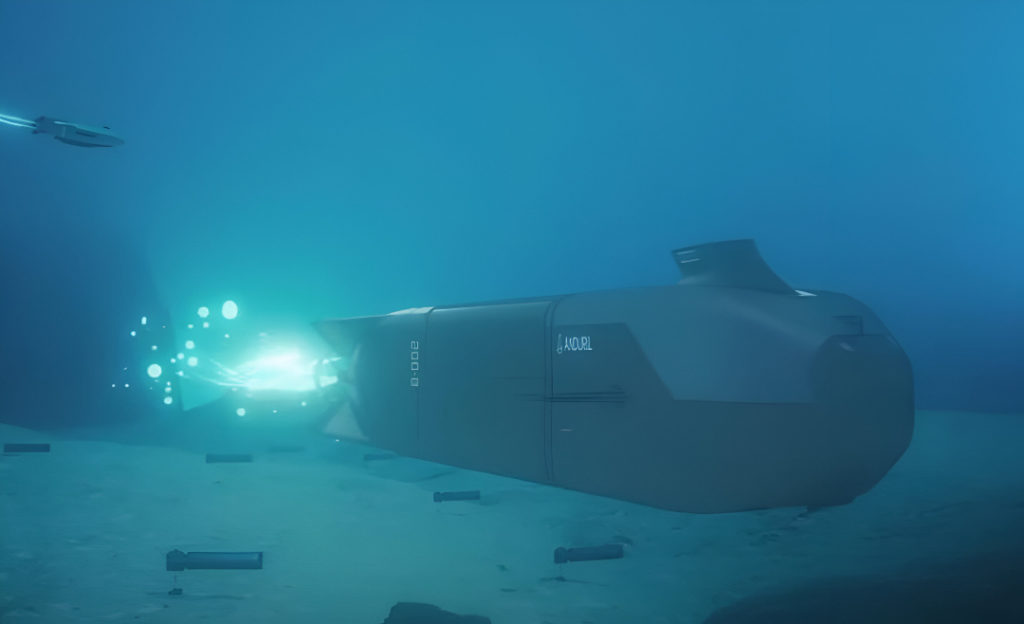
The Sound Surveillance System (SOSUS) revolutionized submarine detection when deployed in 1954. This vast network of seabed hydrophones connects to land-based processing stations via cables. SOSUS constantly monitors ocean sounds to detect submarine movements, shipwrecks, and other events. Now part of the larger Integrated Undersea Surveillance System (IUSS), it remains unmatched. Despite its capabilities, SOSUS has significant limitations that create vulnerabilities. Its immobile infrastructure requires extensive maintenance and remains vulnerable to attack. As a passive listening system, it collects massive amounts of non-tactical data. These drawbacks have created an opening for next-generation detection technology.
Anduril’s Seabed Sentry: Mobile, Intelligent Submarine Detection

Seabed Sentry represents a revolutionary approach to undersea surveillance and reconnaissance. Carbon-fiber modules with pressurized shells house sophisticated AI-powered sensors and computers. The Lattice AI platform enables each node to process and interpret data independently. These self-contained units communicate selectively through low-bandwidth acoustic links. Autonomous Underwater Vehicles (AUVs) like Anduril’s Dive-XL can rapidly deploy these modules. The nodes operate at depths exceeding 500 meters for months or even years unattended. This distributed, cable-free network is part of a broader wave of military tech breakthroughs that feel pulled from science fiction, redefining what’s possible in modern defense systems.
Beyond Detection: Seabed Sentry’s Offensive Capabilities
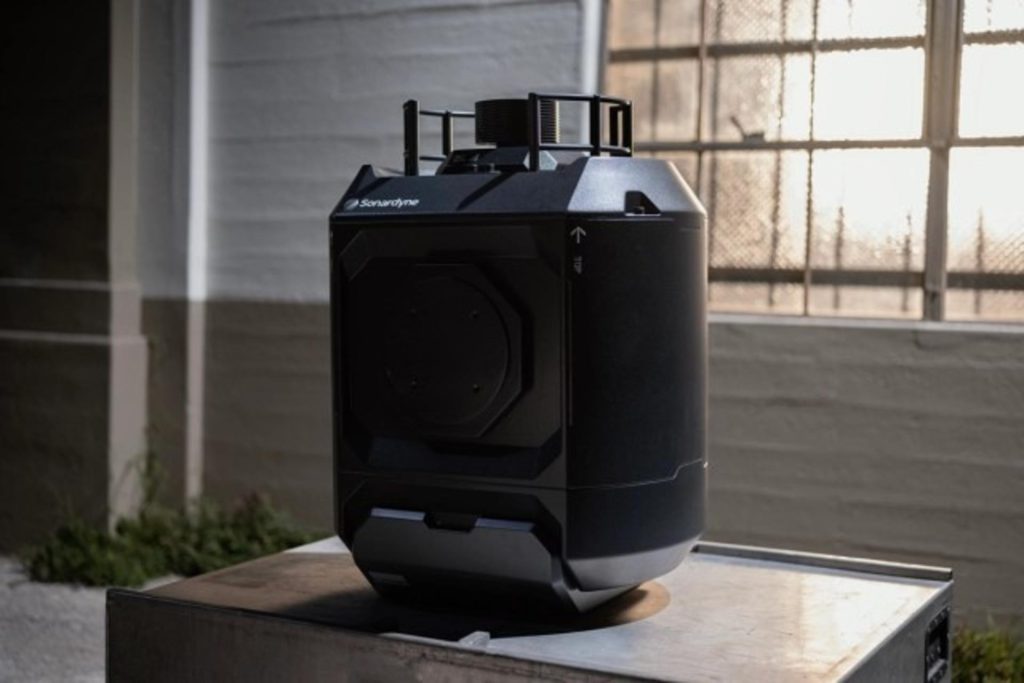
Unlike passive systems, Seabed Sentry integrates directly with offensive platforms and weapons. The nodes can coordinate with Dive-XL vehicles armed with Copperhead-M smart torpedoes. This gives the system unprecedented offensive capabilities against detected threats. The AI network can process acoustic signatures, identify hostile vessels, and recommend actions. With human authorization, the system can launch autonomous attacks using torpedo-armed AUVs. Potential adversaries might face an invisible defense system capable of crippling their fleet. Beyond military applications, the nodes can monitor undersea infrastructure and environmental conditions. This versatile system represents a fundamental shift in naval warfare dynamics.


